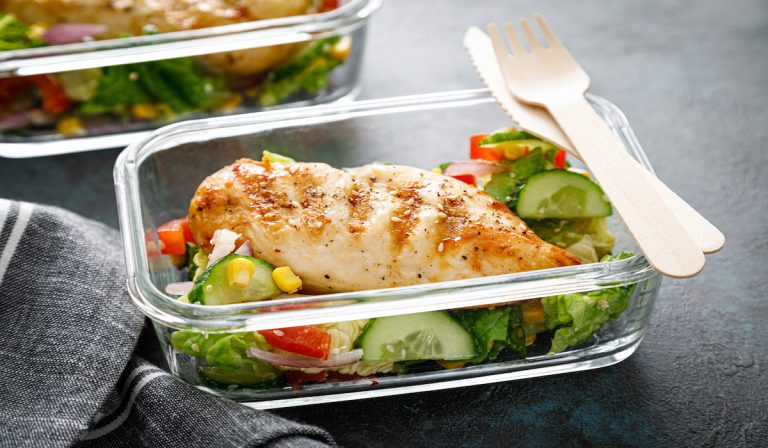How to Meal Plan Based on Macros
When we first start planning out our meals, it can feel a bit like we have to conquer cooking, nutrition, and meal preparation all at once.
This overwhelming feeling can be enough to stop most people before their foot even touches the starting line, but it doesn’t have to stop you in your tracks.
With a bit of know-how and some helpful tips from more experienced preppers, you can easily overcome that nagging feeling that you aren’t knowledgeable enough to meal plan according to your macronutrients.
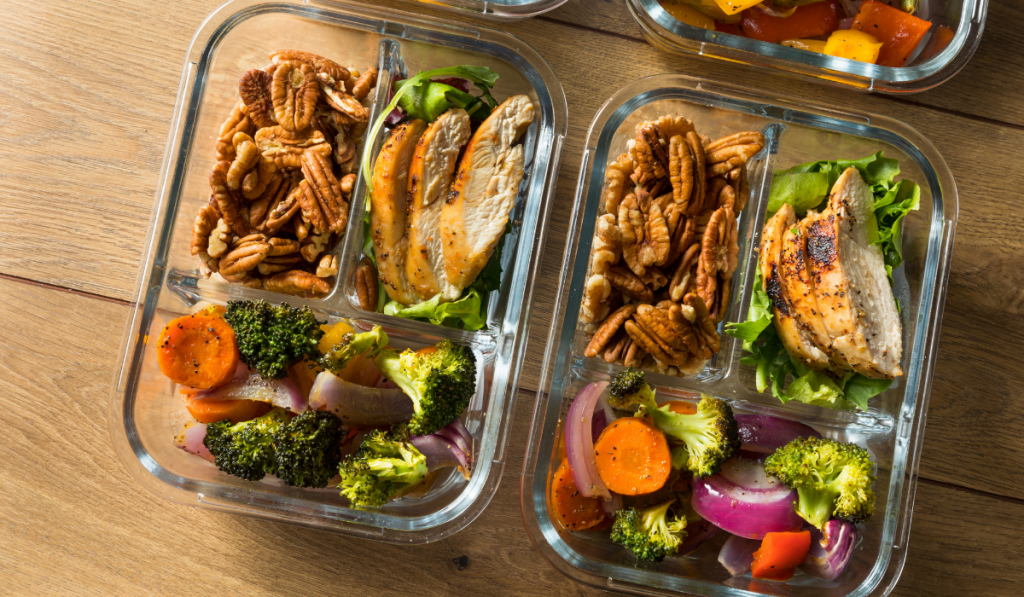
Getting your macros down is tricky at first, but once you know what you need in a day, it becomes as routine as any other part of your day.
The hardest part is simply learning what you need and how much to portion out each day, which we will cover in detail.
After reading this brief, informative post, you can comfortably start prepping to meet your daily nutrient needs without a hiccup.
Why Are Macronutrients Important?
It feels like dieting has stages of intensity to it, and macronutrients are one of the more advanced levels of trimming up.
To make a complicated idea simple, the goal when dieting is to burn more calories than you eat.
Technically speaking, you could munch on nothing but Twinkies (this is not a sustainable diet, unfortunately). As long as it’s under your daily calorie requirement, you would eventually lose a pound or two.
Macronutrients are a step above this rudimentary idea that may help speed up the process of trimming fat, building muscle, or just maintaining your overall physique.
The three pillars of macronutrients are protein (meats, eggs, beans), carbohydrates (rice, vegetables, fruits), and fats (nuts, seeds, and the oils found in fish).
Protein, carbohydrates, and fats will be the three levels you will need to monitor fairly closely when you begin monitoring your macros daily.
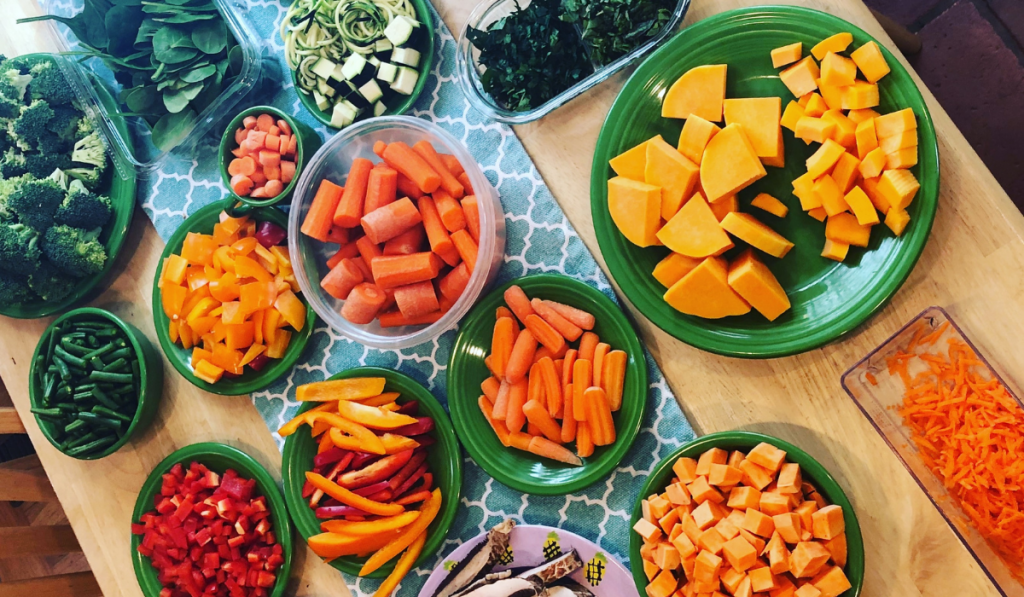
There is no one way to figure out your macronutrient intake.
It is based mainly on the intensity of your lifestyle, what you are looking to do with your body (bulk up, slim down, have your skin replaced with a chitinous shell, etc.), and your genetic makeup.
No one will give you a better answer than a professional dietitian, so that should always be the first place you look for an informed response.
There are, however, general estimations given by the Institute of Medicine. You are looking at around 20 to 35 percent of your daily calories for fat. Carbohydrates sit somewhere between 45 to 65 percent, and protein is about 10 to 35 percent overall.
There are also macro calculators on the internet that may prove helpful, though I can’t verify the reliability of these tools personally.
How to Fit Your Daily Macros Into Meal Prep
Measure By Hand

Using your hands is probably the most archaic way to ensure you are getting your dietary needs, though it is hardly obsolete.
Typically speaking, your hand size is a reliable indicator of the amount of food you will need, so you can use it to measure the portions of each macro on your dinner plate.
Look at the center of your hand with your fingers pointed outwards but touching one another; that is your protein portion.
For things like fruits and vegetables, you can put your fists next to each other, which is your serving size, while rice or quinoa (carbohydrates) would amount to one fist.
Measuring your fat takes a much smaller and simpler measurement; look at your thumb. Really, look at it. That is all the fat you will need to meet your daily requirements of macronutrients.
This method estimates the recommended amount of macronutrients on a mass scale, so if your requirements are a bit more precise, you will want to use one of the methods listed below.

Get a Food Scale
Going for as little as $10, a reliable food scale will help you portion out your breakfast, lunches, and dinners with a high degree of accuracy when it comes to macros.
As far as making sure you get the exact amount of food needed, there is no better, more accurate way than with a food scale. The process is a bit more in-depth, but that shouldn’t be a problem for the fellow perfectionists who come across this article.
The best way to use a food scale is to learn the number of nutrients in your fruit, vegetable, meat, or mineral per ounce.
Once you have ascertained this, you can then transfer that to the scale to know exactly how much of each food you will need to meet your macro levels with relative ease.
Some scales even come with a macronutrient tool that lets you know the macronutrient amount by putting in the code for what food it is weighing, making your work even easier.
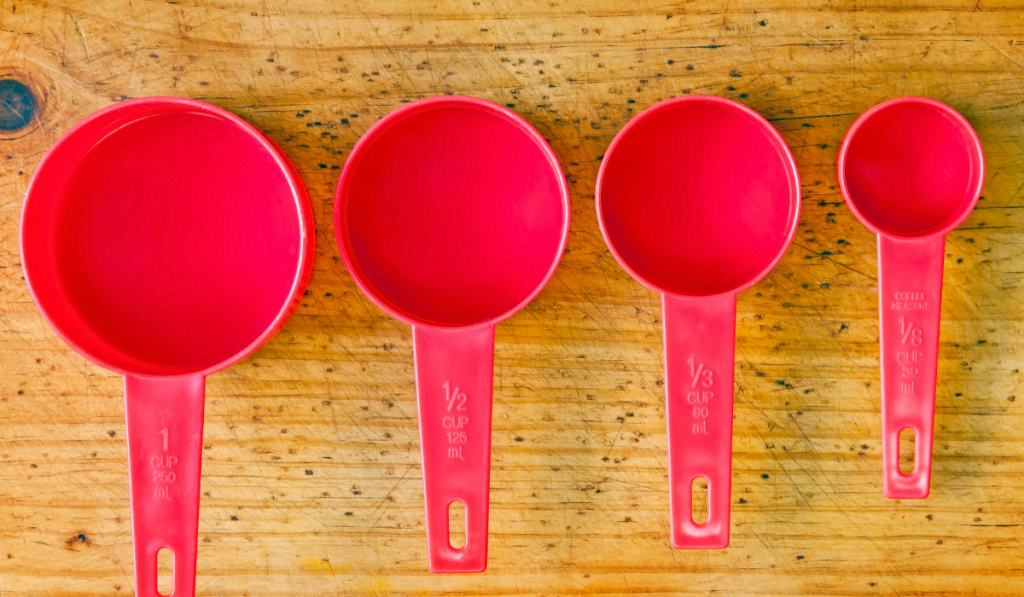
Use Measuring Tools
A bit more fine-tuned than the hand method but not quite as accurate as a food scale, measurement tools like a Pyrex measuring cup or plastic measuring spoons can help determine how much food you need.
The beauty of the digital age is that anything you eat can be measured calorically down to the gram with a simple google search and can give you the nutrient information you need to help portion your daily dinner.
Using measuring tools can also prove helpful when you are prepping for the week, as you can use the measuring cups to distribute food across your different containers.
Be wary that the FDA allows a 20% leniency on the accuracy of nutrients listed on food labels, so accuracy may not always be as precise as you hope for.
Pros and Cons of Macronutrients
I’m not implying a macronutrient diet is detrimental to people.
This section serves only to shine a light on the things most people may overlook when they first start a macronutrient diet while also laying out the benefits one can gain from such a lifestyle.
Like all things in life, nothing is perfect, and we should know the downsides to any new venture, which will be listed below.
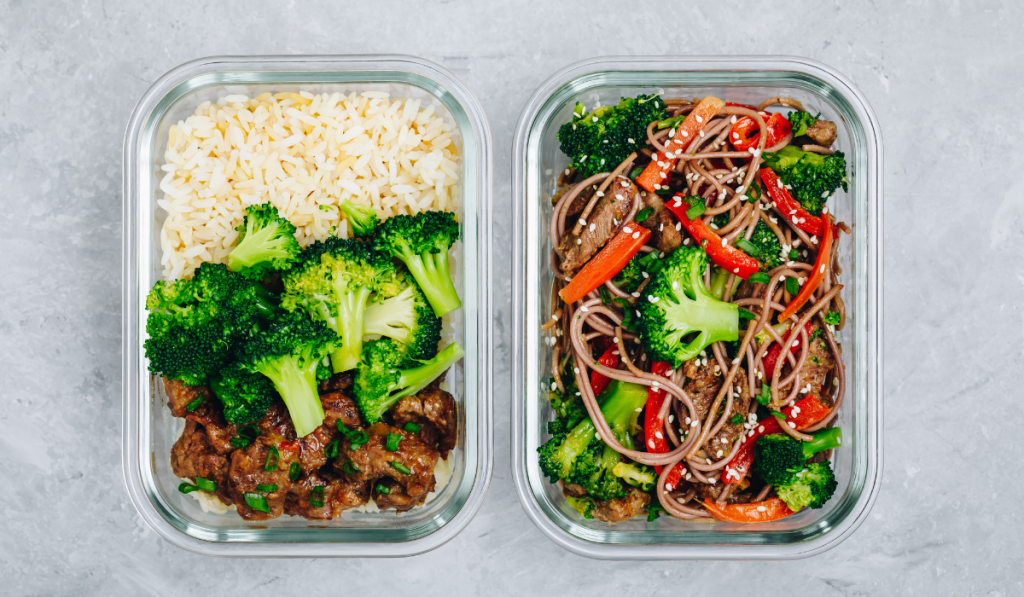
Pro — Helps You Keep Track of What You Put into Your Body
Anyone nowadays will tell you that with the grind of work, family, social obligations, and the recommended eight hours of sleep we never get, it can be hard to keep track of what we put into our gullet.
Tracking macronutrients makes that a lot easier as most people know exactly what they are consuming daily when they follow such a well-documented diet.
This can be made even simpler by keeping a food journal, which has become a popular form of accountability for weight lifters, dieters, and physically fit people throughout the western world.
Pro — Shows Us How Much We Need to Eat, Not How Much We Want To.
The USDA suggests that you eat between 2 to 6 ounces of chicken a day, which feels almost like a punishment for us poultry lovers.
Thankfully, when tracking our macronutrients, we never have to wonder why we feel like we are about to pass out after eating a pound or two of rotisserie chicken.
In a time where portion sizes are growing increasingly larger (especially true in the United States), it can be tough to distinguish what is good for our bodies and what is detrimental.
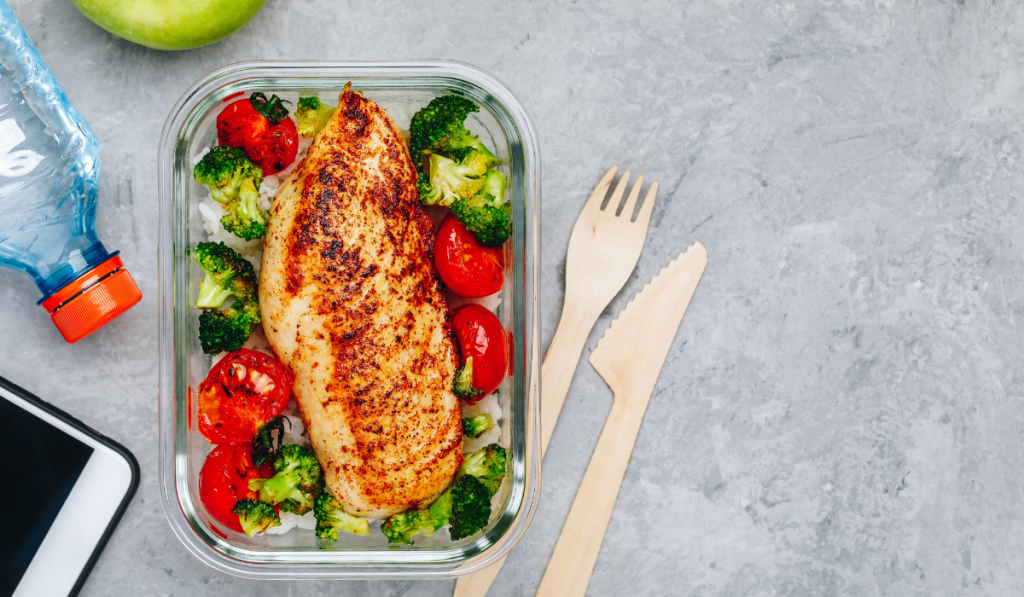
Con — Heavier Focus on Portion Size Than Nutrient Benefit
Due to its alignment with counting calories, we can sometimes forget that the food we eat is still very much a hindrance to weight loss, even if it is low in calories.
To use an example, say I eat 400 calories of rice. This is far more beneficial than if I eat 400 calories worth of Twinkies (I told you it wasn’t sustainable).
This overemphasis on our calories and macronutrients can prove to be a problem, which is why we should also look to cut out the negative food groups from our diet as well.
Con — It Can Be Very Time Consuming
This can be true for both tracking macronutrients and meal preparation. Both take up quite a bit of time, especially at first.
With folks becoming increasingly busy, it can feel impossible to find the time to prepare foods for the week and portion them to fit your macronutrient requirements.
Thankfully, as we work at this skill more, it becomes second nature. Most people a year into meal prep can knock out their week’s prep in less than a few hours, but for those just getting into the lifestyle, it can feel like a second job.
To help with this problem, it may prove beneficial to get a few reliable recipes that you can remake consistently, so you don’t have to follow the instructions so intensely once it becomes second nature to you.


